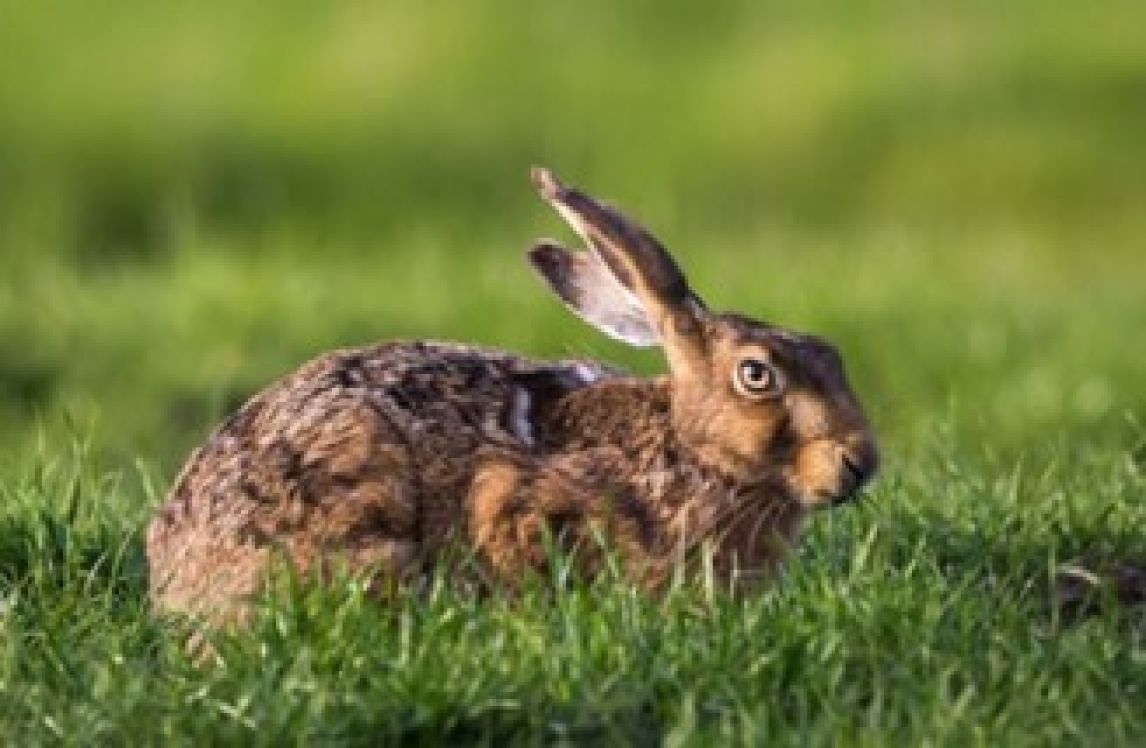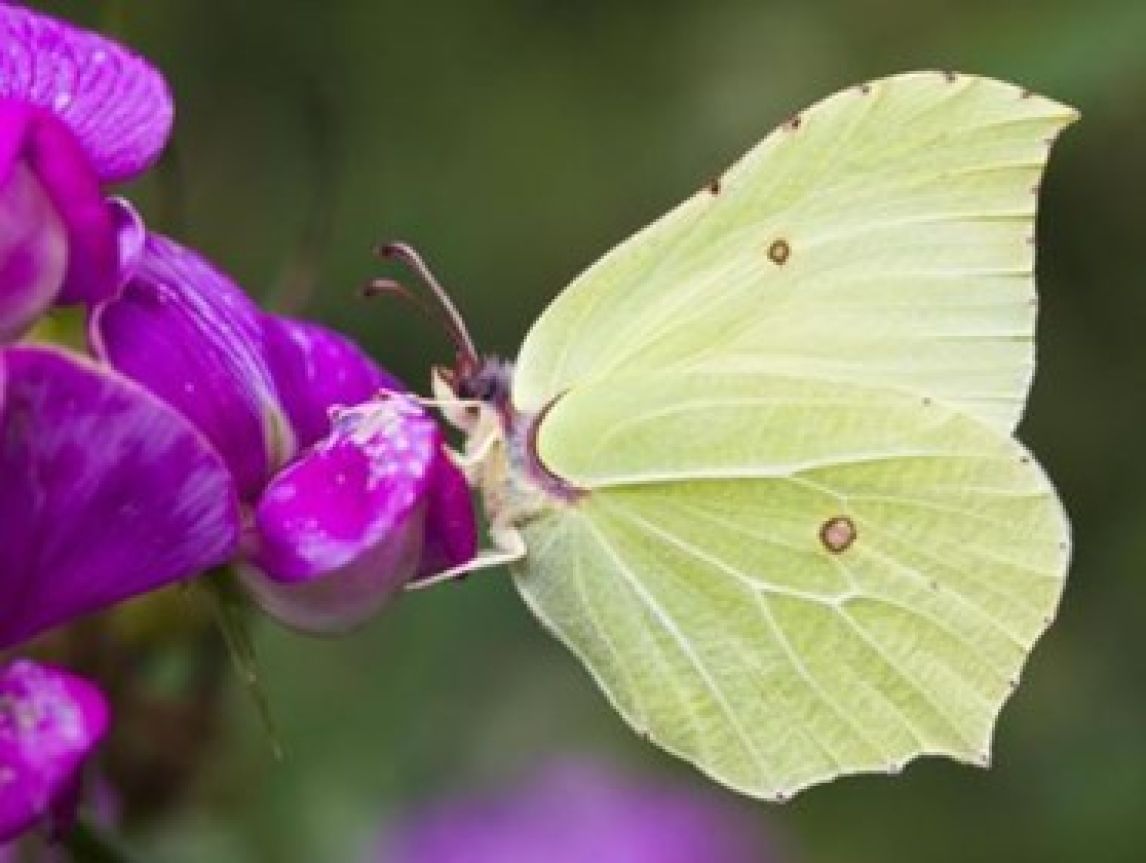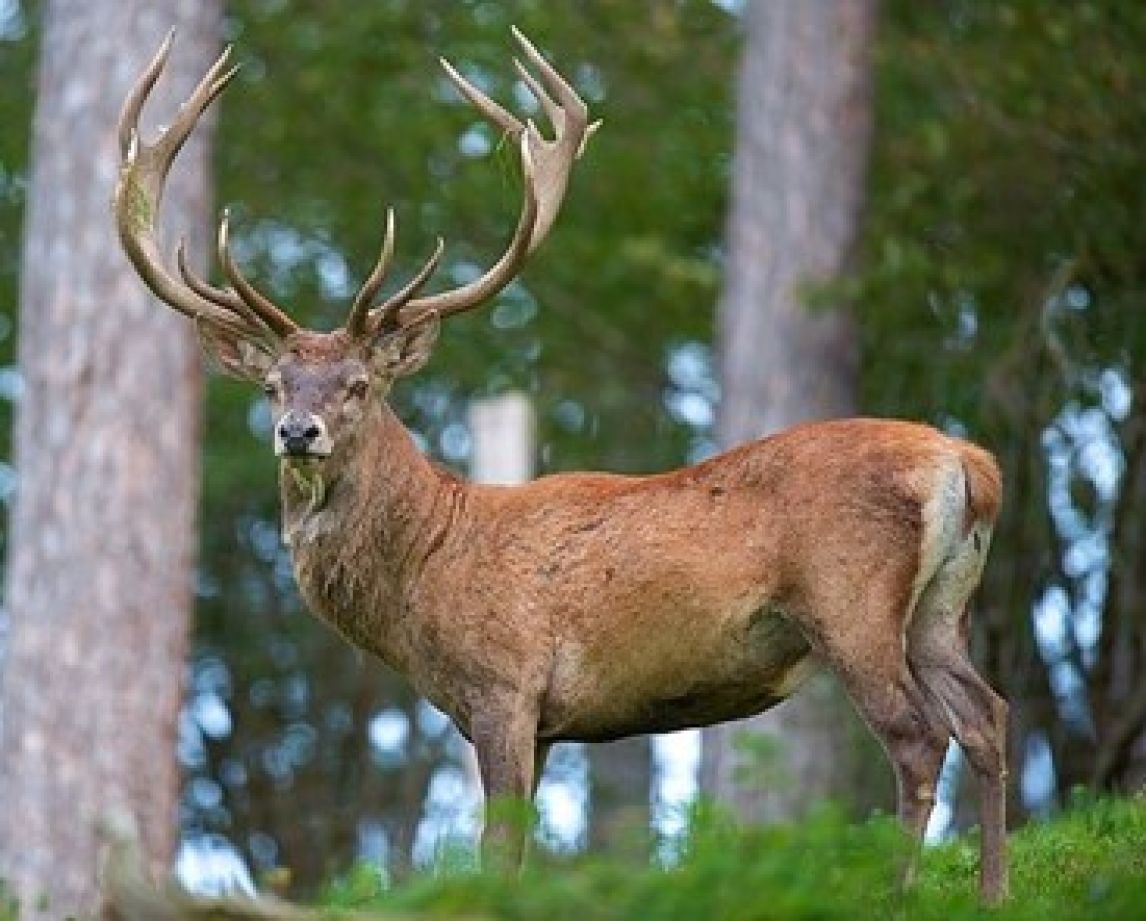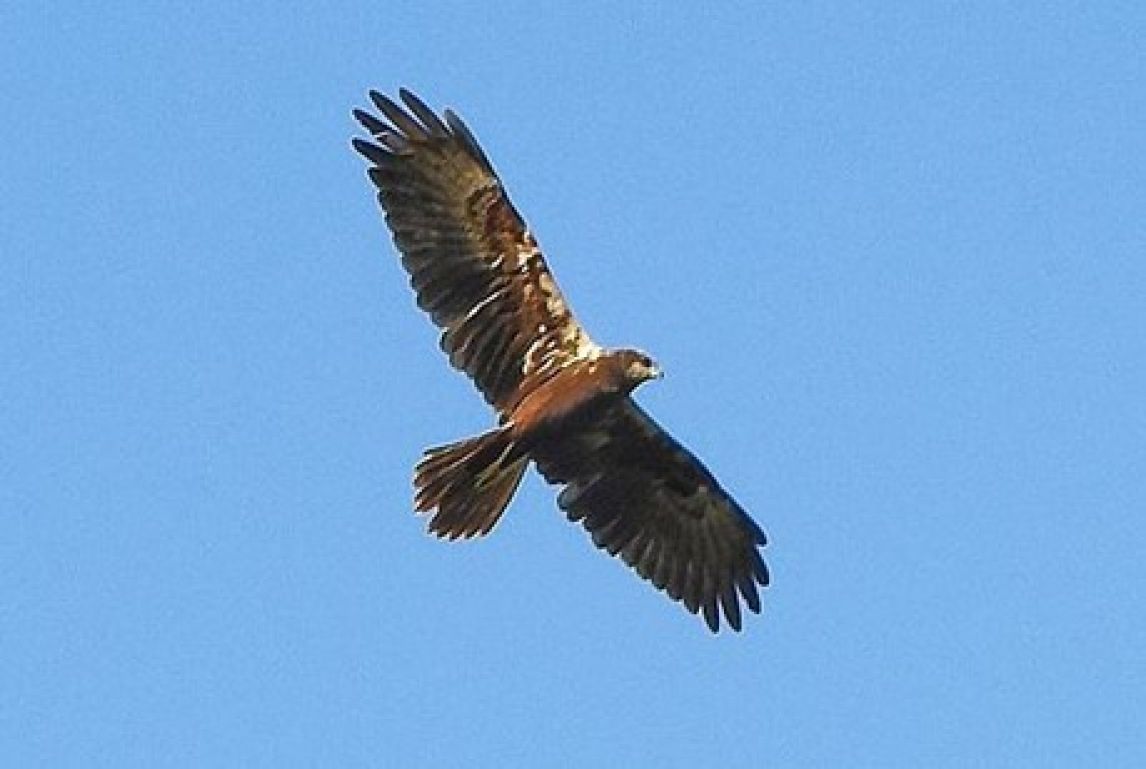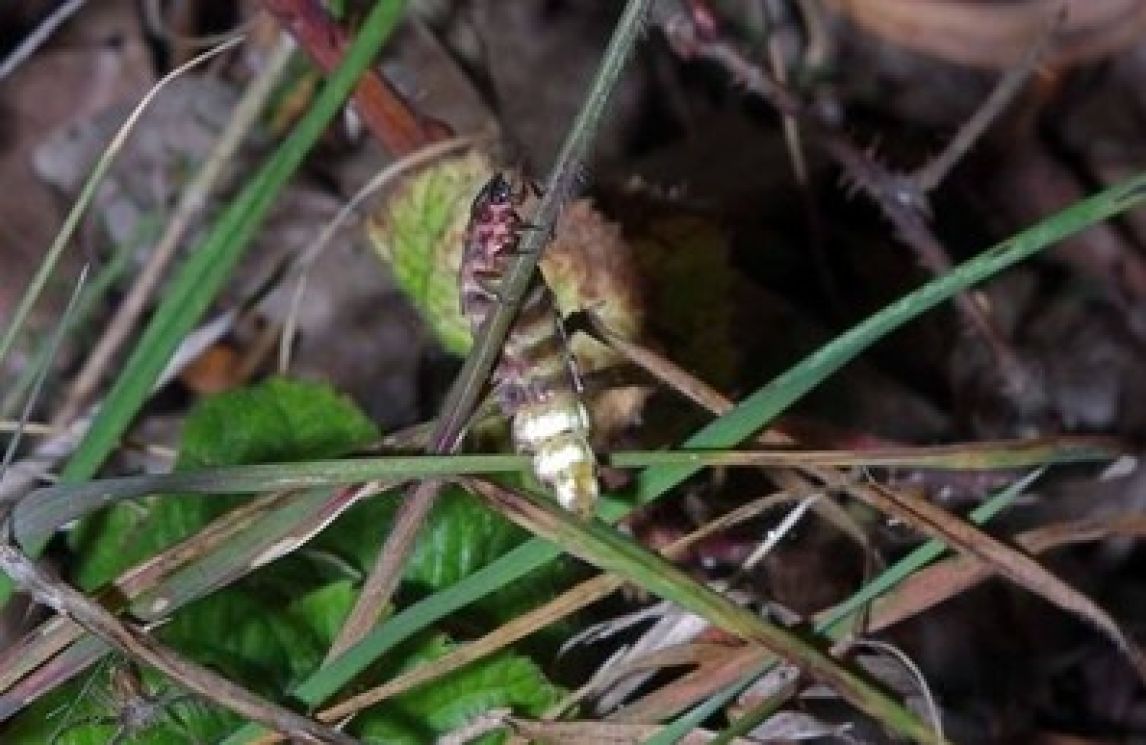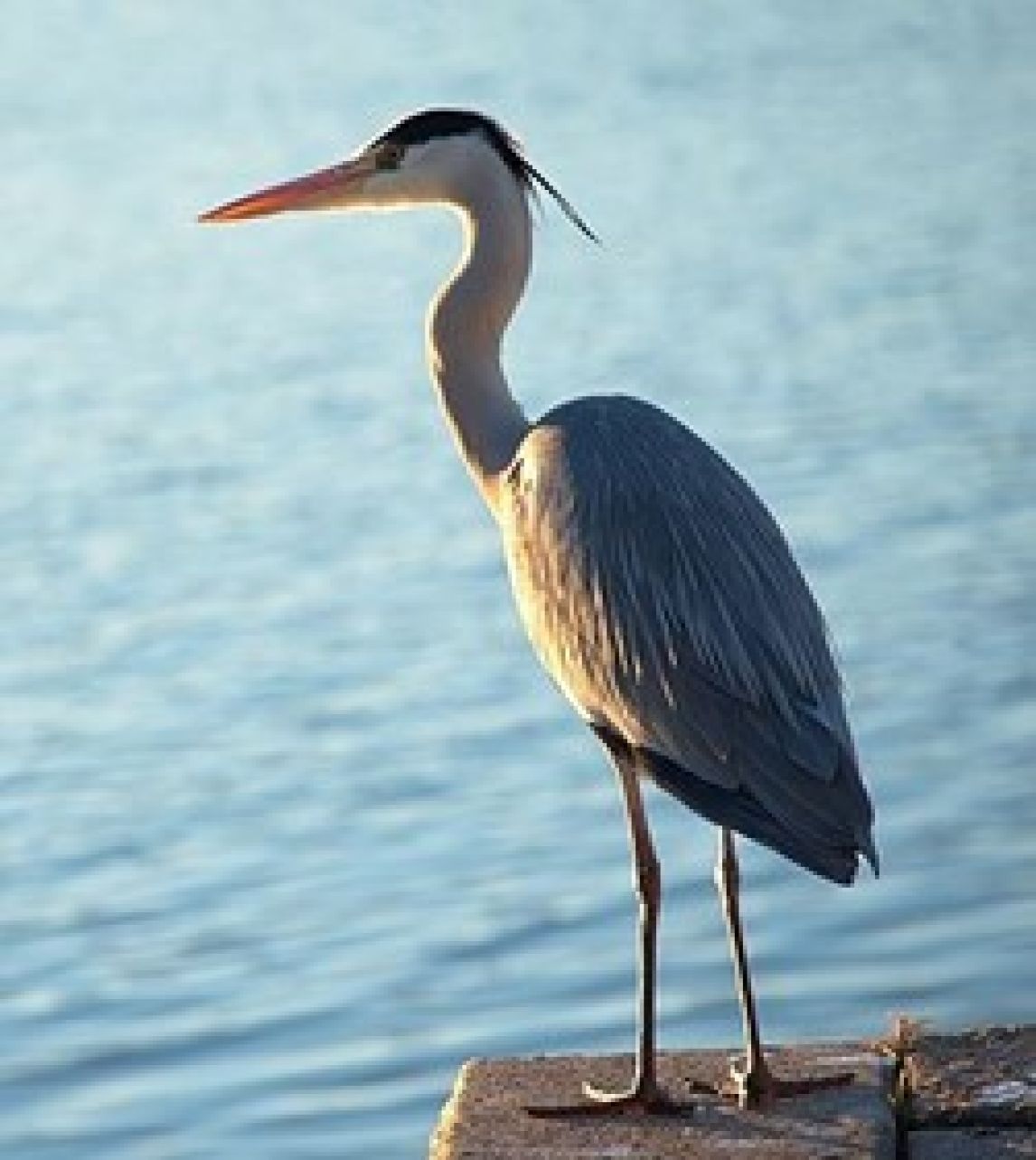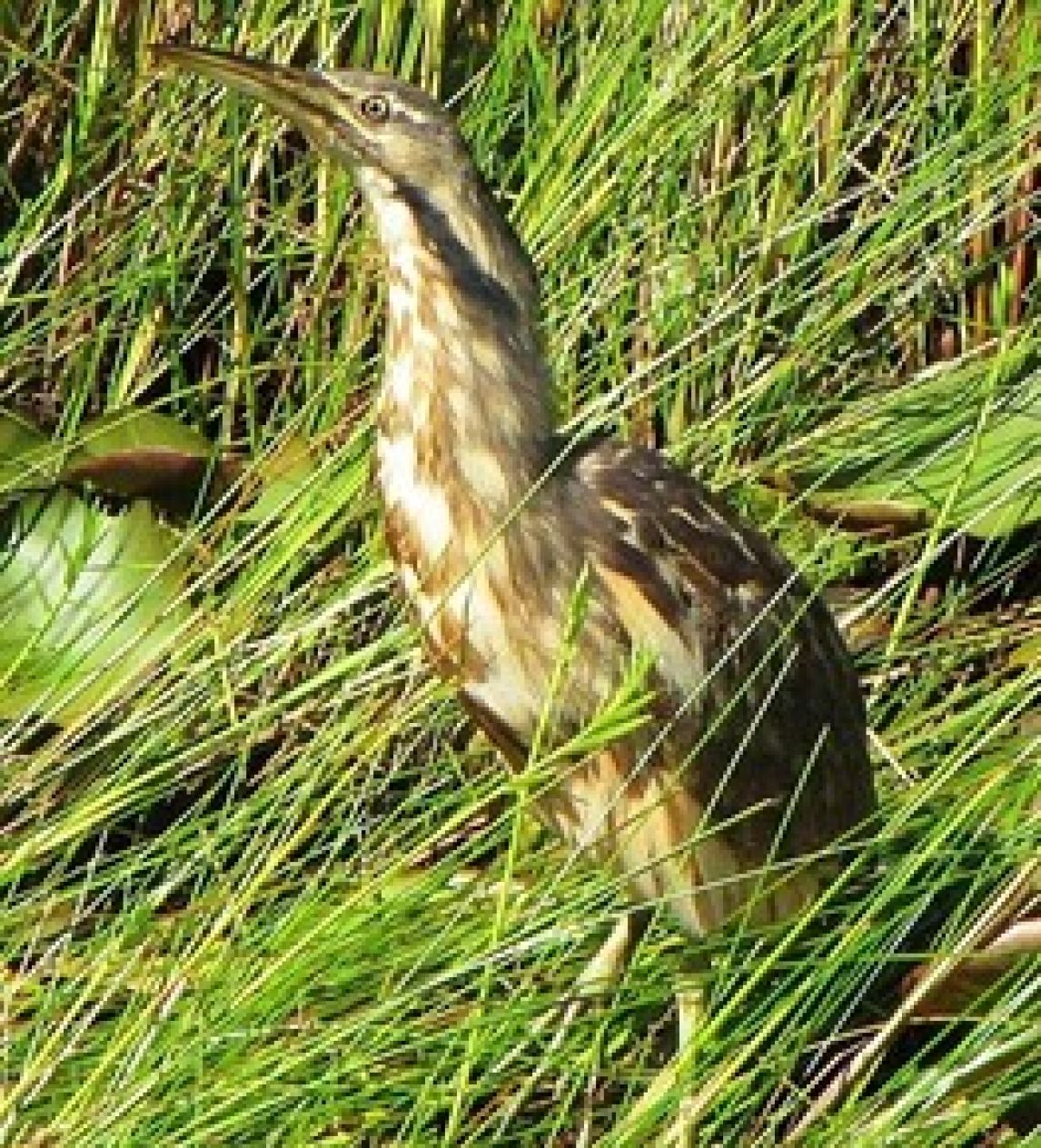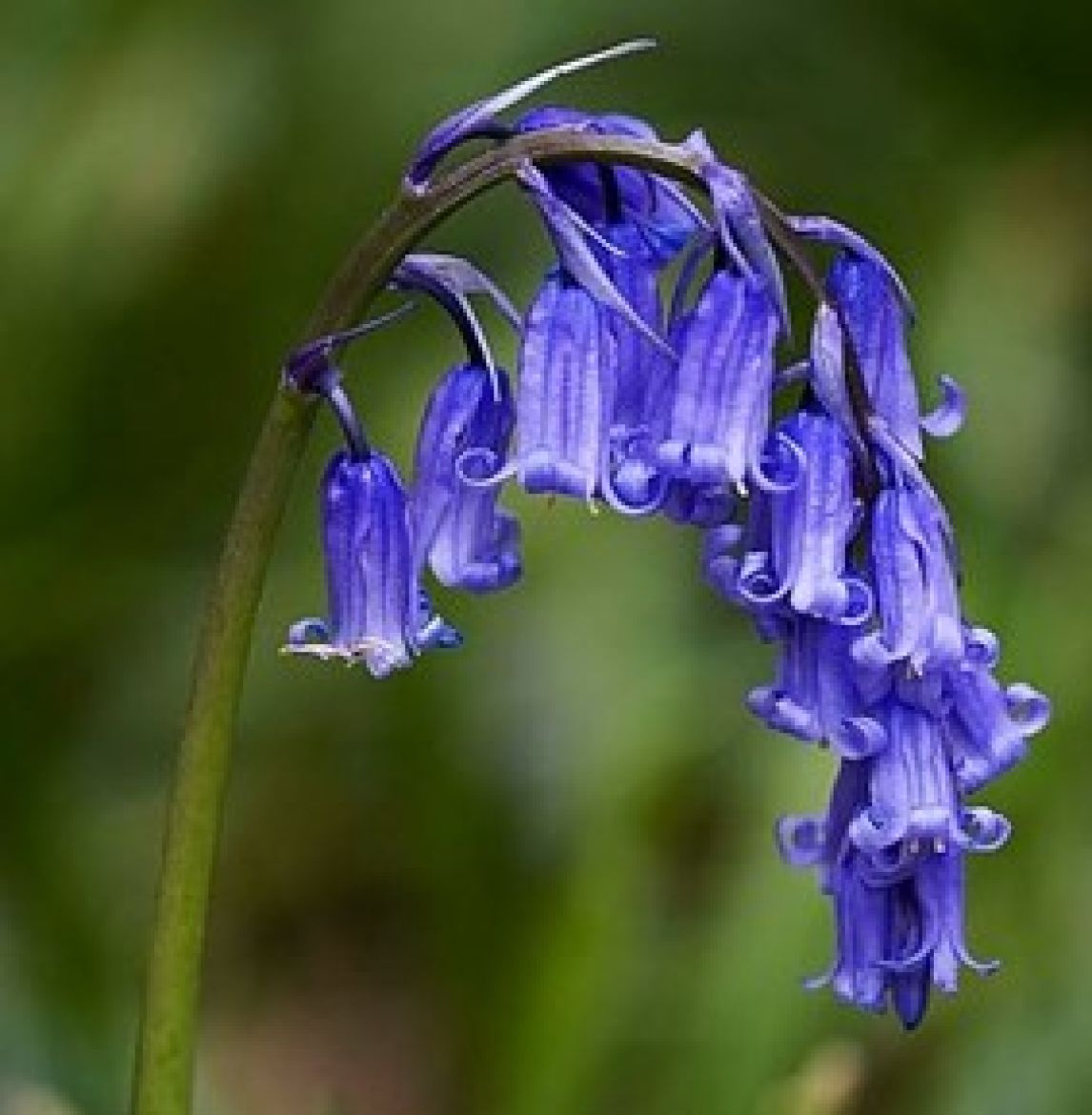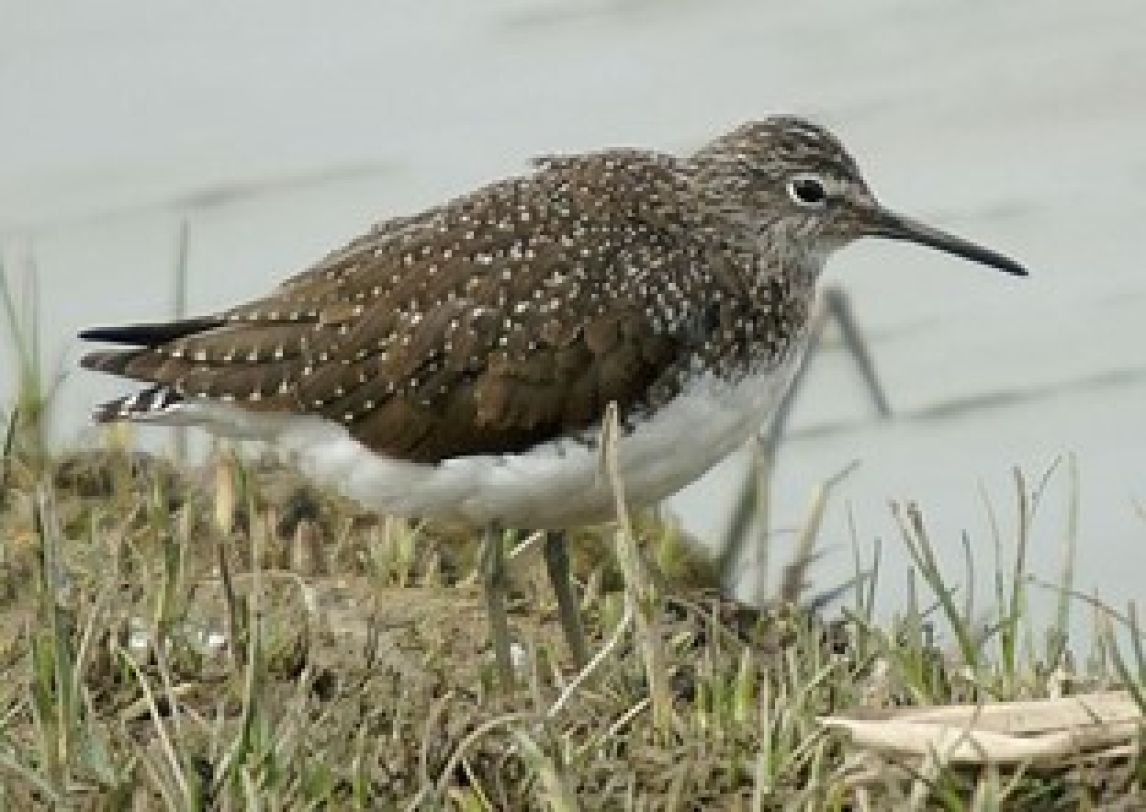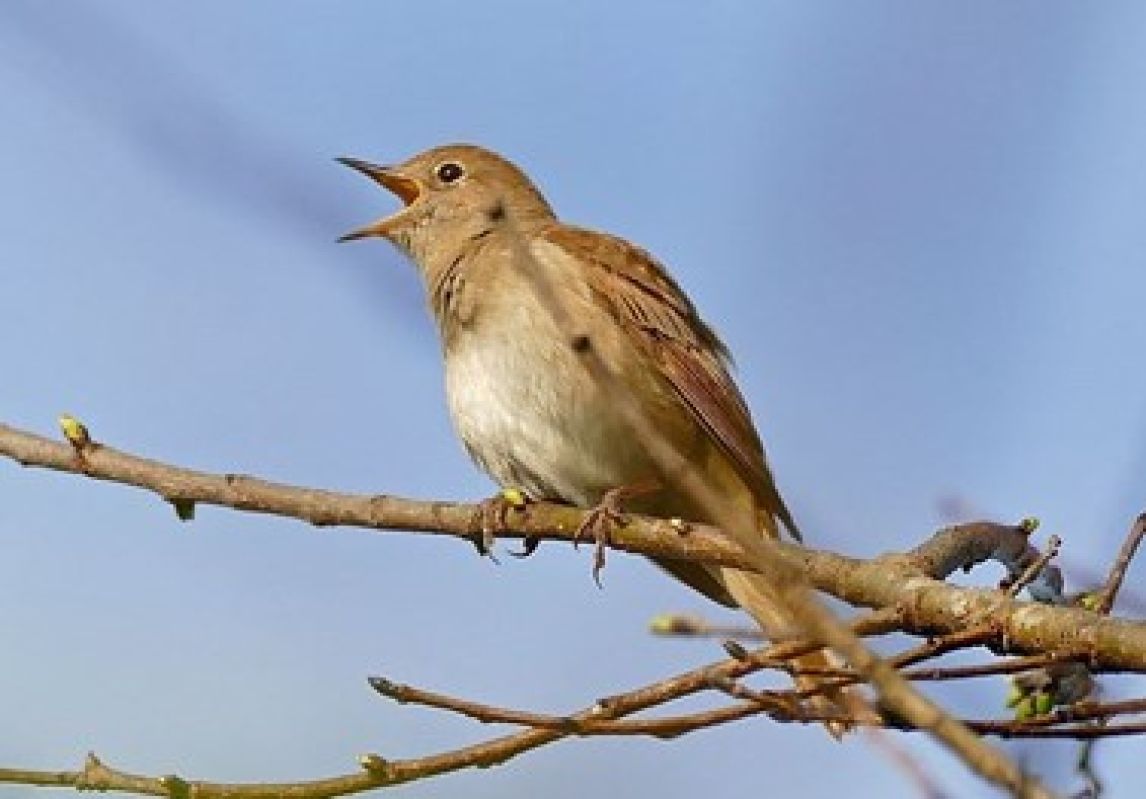Published on: Thursday, 27 April 2023
Last updated: Thursday, 27 April 2023
So much wildlife to see from the train window
One of the nicest things about train travel is being able to sit back and gaze out of the large picture windows as ever-changing scenery passes by. Often passing through fields, woodland, marsh and fen, untroubled by noise and traffic, train travel offers a fantastic opportunity to observe nature and spot all kinds of wildlife during your journey.
We’ve compiled a list of some of the best opportunities to see wildlife on our network in East Anglia. Why not hop off somewhere and explore for a closer look?
You can find the cheapest tickets for a day out by rail here: https://www.greateranglia.co.uk/great-value-train-fares
Where to spot wildlife:
Diss – Stowmarket, Norwich – London mainline
This section of line runs through gently rolling arable farmland and is a great place to spot red deer and hares from the train window.
The brown hare, with its characteristic long, black tipped ears, is a very familiar sight in East Anglia, often seen swiftly leaping over stubble fields on its long hind legs. Indeed, the region is one of the hare’s last strongholds as its UK population has been declining since the 1960s.
We’re proud to have adopted the hare as our mascot, representing the speed of the new trains and their environmental and regional attributes. Both hares and our new trains are icons for our region.
A brown hare
Somerleyton station, Norwich – Lowestoft Wherry Lines
Stand on the platform and look out across the marsh to see the majestic Marsh Harrier as it glides and swoops, looking for prey in the reeds below. Somerleyton station is also home to the Brimstone butterfly, thanks to the station adopter there who has planted a Buckthorn hedge along the platform to provide a vital food source for its caterpillars. Many of Greater Anglia’s stations are looked after by volunteers who have developed wildlife areas like this to support local flora and fauna. They have all been pledged to WildEast – a nature recovery movement that aims to return 20% of East Anglia to nature by 2050. One of its founders is Lord Somerleyton and you can visit nearby Somerleyton Hall where much of the 12-acre gardens are being rewilded.
A Brimstone butterfly
Thetford / Brandon, Norwich – Cambridge line
This forested area is home to many types of deer, including Fallow, Roe, Red and Muntjac, and you will often spot them from the train window. You might be especially fortunate and glimpse the fabled ‘White Hart’ that has been spotted in the area – a rare white deer which in folklore can never be captured and is symbolic of man’s spiritual quest. In reality, white deer have a genetic mutation which causes them to lose their colour. They have occasionally been seen in woodland near Thetford and Brandon.
A Red Deer
Lakenheath – Norwich – Cambridge line
This station is just a short walk from (and the line runs right through) the RSPB Lakenheath Fen nature reserve. The RSPB has transformed former carrot fields here into a magical, reedy wetland home for Kingfishers, Otters and Watervoles. Reed Warblers, Reed Buntings, Marsh Harriers, Grebes, and even Common Cranes, which are now breeding there for first time in 40 years, can also be spotted here.
A Marsh Harrier
Burnham on Crouch, Wickford – Southminster Crouch Valley Line
The Crouch Valley railway line makes its way from Wickford along the north bank of the River Crouch estuary and out into the low-lying salt marshes of the Dengie Peninsula. Remote villages emerge from the landscape in a haven of solitude inhabited by an abundance of distinctive wildlife – including Brent Geese, Oystercatchers, Kestrels and even Glow Worms.
From Burnham on Crouch, take a trip on the Burnham to Wallasea Island Ferry. The RSPB Wild Coast Project has been established on the island where the marshes bloom with sea aster, sea purslane and sea lavender. Look closely and you’ll see rusty seals basking on the mudflats, a plethora of native and migrant bird species and Clouded Yellow and Painted Lady butterflies.
Marsh Farm Country Park, the Essex Wildlife Trust Reserve of Blue House Farm - a great place for bird watching – and conservation sites close to the waterside at Althorne can all be explored from this line.
A Glow Worm
Whittlesea and Manea, Ely – Peterborough Hereward Line
Near to Whittlesey are the Lattersey Field and Kings Dyke nature reserves, a former quarry and clay pit with diverse habitats where you might spot Watervoles, Water Shrews and Great Spotted Woodpeckers.
Nature lovers appreciate Manea’s location close to the Ouse Washes, an internationally important wildlife site. The Washes are the UK’s largest area of washland – grazing pasture that floods in the winter. In winter they host thousands of ducks and Whooper Swans returning from Iceland.
As your train passes through the fens, it’s very common to spot Heron amongst the dykes.
A Heron
Norwich – Sheringham, The Bittern Line
The Bittern Line takes its name from the rare bird with its distinctive booming call which is found in the reedy wetlands along this route – though it’s a pretty secretive species.
If you want to get a closer look, we recommend alighting at Brundall and heading to RSPB Strumpshaw Fen (1.4 miles from the station). Even if you don’t spot the elusive Bittern, it makes for a wonderful walk around the reedbeds, woodland and orchid-rich meadows and you’re sure to spot many other types of wildlife on your visit.
Bittern Line trains pass through the Norfolk Broads area of outstanding natural beauty providing many opportunities to hop off and get close to nature – such as Hoveton and Wroxham, where you can take a boat trip, or Salhouse Broad which is a pleasant 2 mile walk from Salhouse station.
You may even discover prehistoric wildlife on the Deep History coast at West Runton by looking for fossils in the sand. In 1990 an entire fossilised Mammoth skeleton was discovered here!
A Bittern
Weeley, Colchester – Clacton on sea Sunshine Coast Line
The village is well-known for Weeley Hall Wood which is one of the largest ancient woodlands in the county. It belongs to the Essex Wildlife Trust and is opened up to the public during the first weekend of May so they may enjoy the carpet of bluebells which covers half of the wood.
Bluebells
New River Line, Hertford East - Broxbourne
Look out for the rare Bittern and other wild birds at Great Amwell (from St Margaret’s station) or explore the RSPB Rye Meads nature reserve, beside the River Lee, from Rye House. Common Terns nest on specially created rafts during the summer and during the winter, Snipe, Green Sandpipers, Shovelers, Gadwalls and Tufted Ducks can be spotted.
A Green Sandpiper
Mistley and Wrabness, Harwich – Manningtree Mayflower Line
The line follows the path of the River Stour Estuary as it wends its way to the sea. The southern banks of the Stour Estuary are rich in woodland and bird life, so sit back and enjoy this lovely countryside from the comfort of the train.
Your train passes right along the edge of the RSPB Stour Estuary Reserve, so keep your binoculars at the ready for sight of Dunlin, Redshanks and Grey Plovers.
Hop off at Mistley to see the village’s famous swans which gather on the banks of the River Stour in large numbers.
At Wrabness, visit the Essex Wildlife Trust’s nature reserve to see a wide variety of birds all year round, including Turtle Doves, Nightingales, Barn Owls and Brent Geese.
A Nightingale
The wildlife, flora and fauna of our region is very special and often unique and that’s why we are working with our community rail partnerships and small army of station adopters (volunteers from the community to are helping us to improve their local stations) to improve biodiversity at our rail stations.
Across the network we now have 61 station gardens providing a vital additional habitat for local wildlife as well as making the stations more attractive and welcoming, contributing to human wellbeing too.
The gardens, some of which have been developed over many years, are becoming havens for local wildlife populations – with the railway increasingly being recognised by ecologists as a ‘green corridor’ which provides a sanctuary for many different kinds of flora and fauna.
Find out how to visit our station gardens here: https://www.greateranglia.co.uk/about-us/news-desk/blog-post/looking-things-do-in-east-anglia-take-garden-tour-train
In a recent survey, Greater Anglia station adopters reported a wide range of creatures visiting their stations including many different types of butterflies as well as bees, slow worms, bats, foxes, deer and many varieties of birds, recording over 200 different species.
Find out more about how we are helping the environment here: www.greateranglia.co.uk/GreenerAnglia



